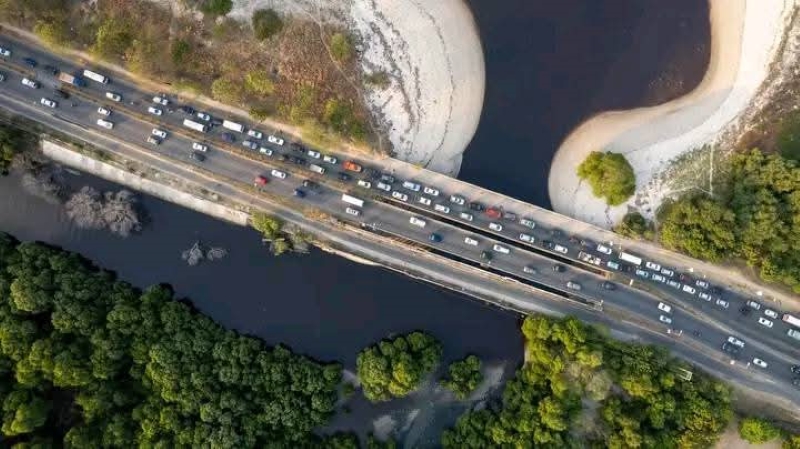Despite episodes of chaotic vendors, rowdy motorcycles and roads that get submerged during rainy seasons, Dar es Salaam is somehow also coming of age.
While many urban centers love the ‘City in the sun,’ tag, Dar-es-salaam is a real city which basks under the scorching equatorial sun.
From the bird’s eye view, Dar can even be green. There are adequate tree covers to generate oxygen when the city needs it.
The city which has always served as Tanzania’s undisputed commercial epicenter, business hub and one-time administrative capital, is growing to live up to its coveted title.
And this development is being realized even after Dodoma stole the city’s thunder to become the official national capital of Tanzania.
Dar es Salaam remains the country’s economic powerhouse, offering numerous advantages for both local and international businesses. It is also the final destination of choice for the country’s rural-urban migrants.
It is also the most crowded urban center. Dar es Salaam’s population was pegged at 8.6 million residents by the year 2025.
In 1950, a decade before independence the population of Dar es Salaam was at a measly 83,844.
The city hosts Tanzania’s busiest port, handling over 90 percent of the country’s international trade.
This strategic location on the Indian Ocean makes it a gateway not just for Tanzania but also for neighboring landlocked countries like Uganda, Rwanda, Burundi, Zambia and parts of the Democratic Republic of Congo.

Financial services thrive in Dar es Salaam, with most major banks, insurance companies, and the Dar es Salaam Stock Exchange being headquartered there.
The city’s infrastructure, while still developing, offers better connectivity than most other parts of the country, with reliable internet, improved road networks, and regular international flights.
Its Julius Kambarage International Airport remains the busiest terminal in the country.
Recent years have seen significant real estate development, with modern office complexes, shopping malls, and business parks transforming the cityscape.
Precincts like Masaki, Mikocheni, and Oyster Bay have become prime business districts hosting multinational corporations and diplomatic missions.
The city also benefits from a diverse workforce, with universities producing graduates in various fields and both government and non-government organizations still rooted in Dar-es-salaam.
However, challenges remain, including traffic congestion, water shortages, occasional power outages and the infamous bureaucratic hurdles and horrid political interference for new businesses.
As Tanzania continues its economic growth trajectory, Dar es Salaam’s position as the country’s business hub appears secure for the foreseeable future, even as other urban centers across the nation, such as Arusha and Mwanza, experience similar development pace.
Established in the 19th Century, Dar-es-salaam is the country’s second oldest urban area and has its fair share of historical sites, yet for some reason tourism development in the city still lags behind.
Arusha, the small city in the North, remains the country’s safari capital handling over 90 percent of the more than 1.5 million tourists that Tanzania gets annually.
Even its beaches have not been utilized for tourism, a limelight which is being enjoyed by Zanzibar, the archipelago located just a stone throw away across the Indian Ocean channel.

